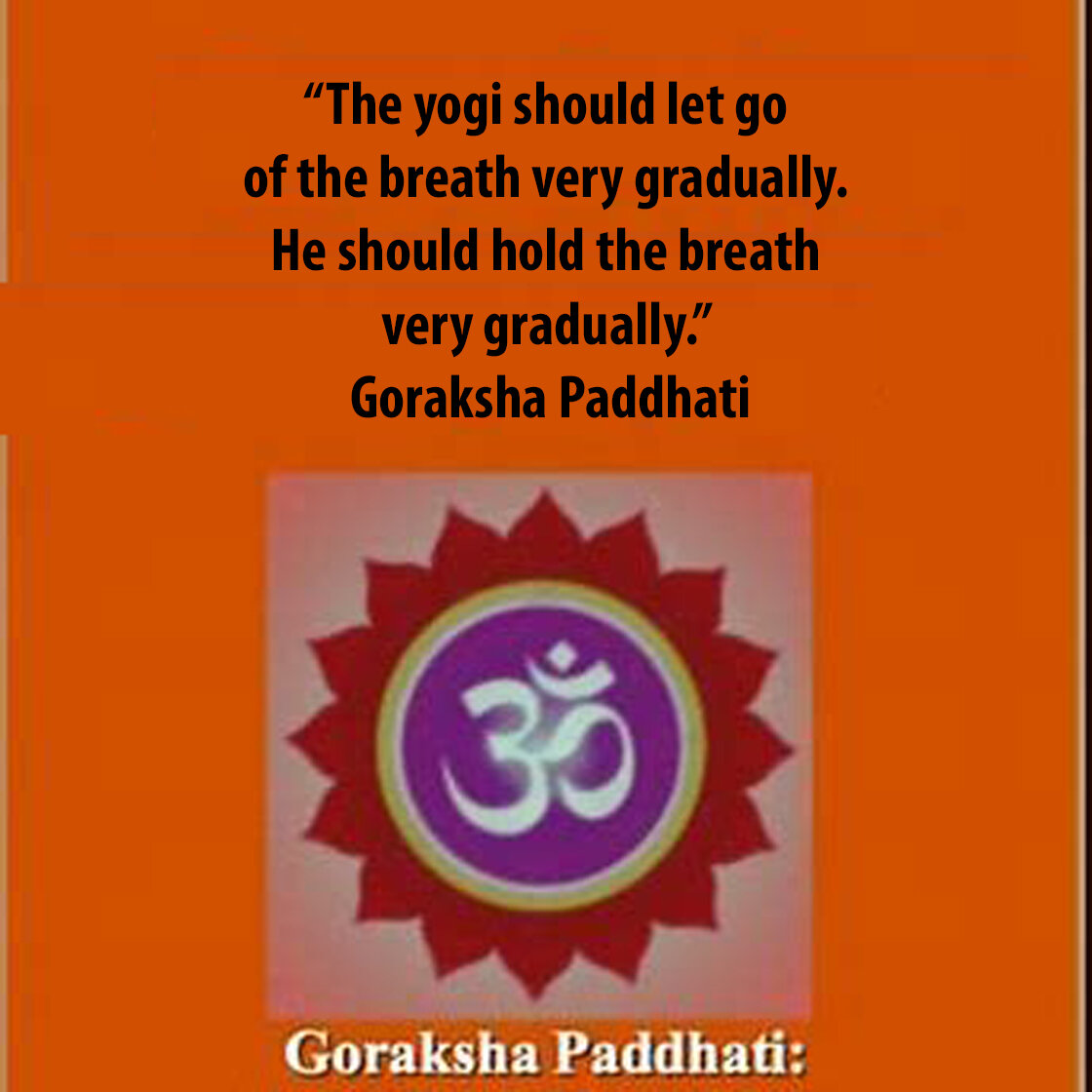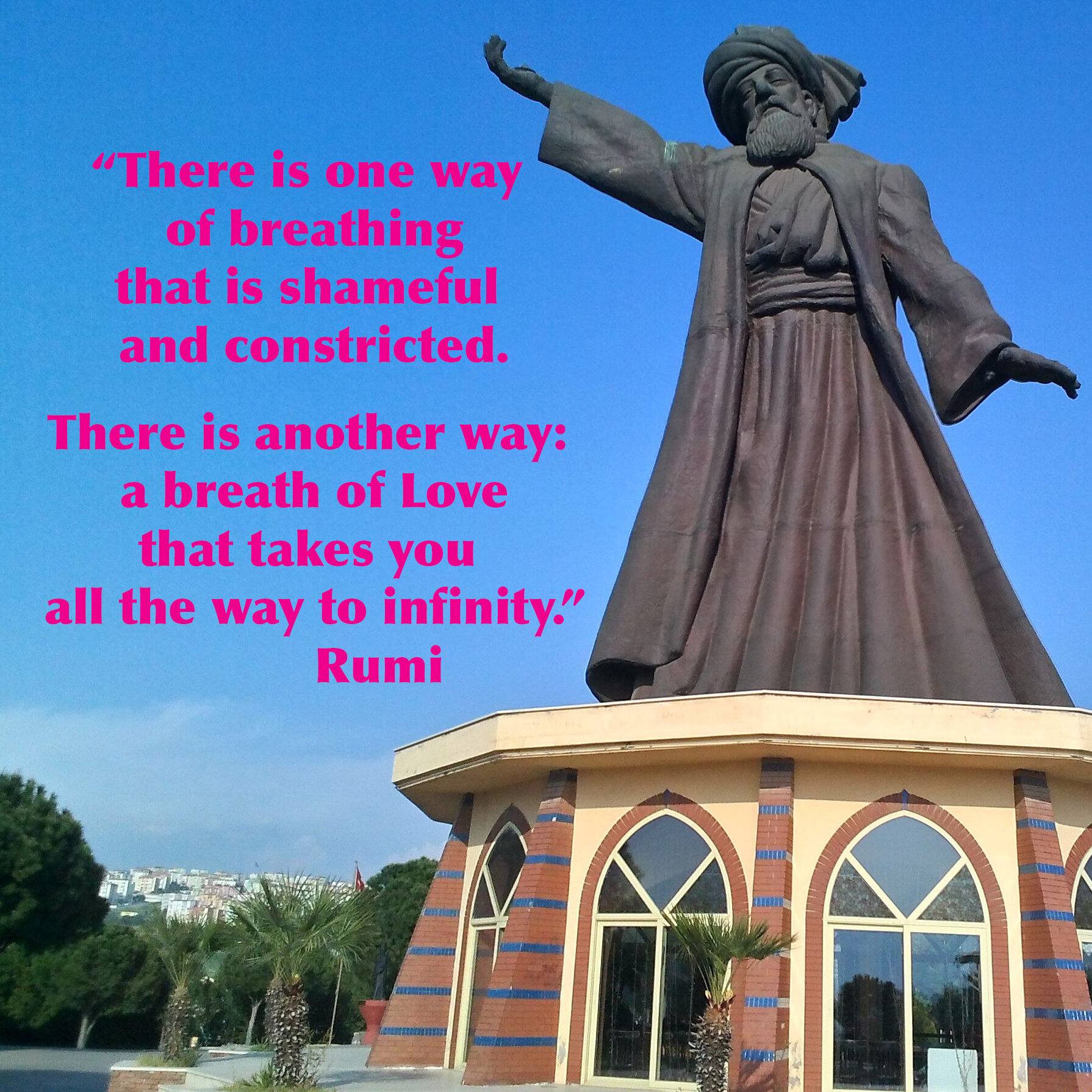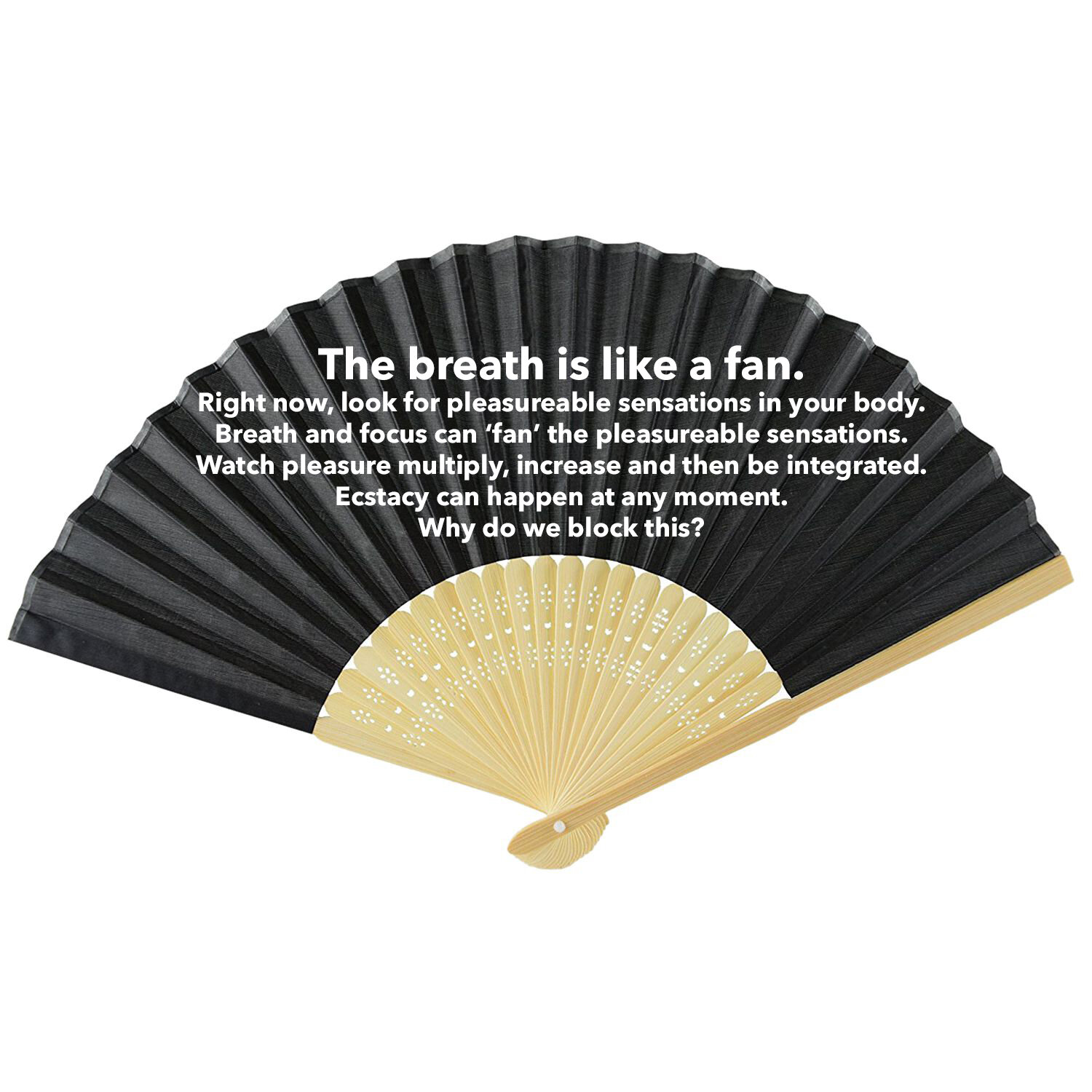Hypoxia
/What happens when you restrict the airflow into the body?
In 2019, 3 researchers were awarded the Nobel prize for studying hypoxia, low levels of oxygen in the body. What they found is that the body is resilient. It responds by doing 2 things. It increases the production of red blood cells. It increases the growth of blood vessels. The body grows more capillaries to get the increased number of red blood cells to the mitochondria to adjust to the lower level of oxygen in the body. There are many implications to this research.
Alternate Left Right Breath slightly restricts the airflow into the body… Not very much, but a little. Long term daily practice of slightly restricting airflow is very, very desirable. It starts a slow growth process of higher red blood cell production and increased capillary growth. It takes months or years for Alternate Left Right Breath to evolve.
5 or 10 minutes of Alternate Nostril Breath (old name) a couple of times a week, when you feel like it, is a good start, but nothing of significance will happen. You will temporarily feel calm and that is wonderful. there are a few yoga traditions that emphasises alternate nostril breath. Even then, most yogis and most yoga teachers never know about significant impact and the long term consequences of a more sustained and dedicated practice. In truth, they haven’t done enough practice to know. 5 or 10 minutes may calm you down, but you will still have no idea, no experience of what lays beyond a temporary calm mind.
Left Right Breath also starts the Nitric Oxide cycle being released from the paranasal sinuses. This is a large topic. Nitric Oxide cleans the blood, lowers blood pressure, cleans arterial plaque, cleans the organs, increases memory, increases intelligence, speeds up synaptic transmission and the processing power of the mind, and many other results that have been discussed in these blog posts for years.
Mild hypoxia and Nitric Oxide are the physiological drivers for the later stages of yoga. The efficiency of the breath slowly develops. Larger lung capacity grows and the breath slows down. Another dimension is the alternation of the hemispheres of the brain that leads to long term change and integration in the nervous system.
Anuloma Viloma/Nadi Shodhana is the most important technique the yogis ever discovered, said many gurus like Swami Kripalu and Swami Satchitananada. TKV Desikachar gave it high praise. In America 2021, alternate nostril breath is mostly regarded as a minor, beginner technique for calming the mind. Its central importance in yoga still remains largely unknown in the US.
In Pashupati traditions of India, yogis were instructed to do one Ghatikaa, 24 minutes everyday as a minimum of Anuloma Viloma. It may take a while to work up to it, but 24 minutes is a good first goal to work your way toward when you begin. You will feel bright, alive and full of joy. It is claimed to be “tridoshic,” which means that it is suitable for all conditions and all body types, good for everybody. Get 24 minutes going for 90 days and you will get to an important milestone of pranayama. You will get a new habit going in your life. The habit gets easier to do once you get to the stage of Momentum.
Community is stronger than will power! That’s what you find here, online. After 90 days, your practice is still fragile at this point and can easily be lost. Most people need an ongoing support group and a community.
At This Next Breath, there is a very hardcore group of practitioners who get up every morning, and attend the 6am EST sessions at no cost. The group is going into the vast, playful and fascinating reaches of Alternate Brain Hemisphere Breath. There is something new to learn everyday. 24 minutes is a sensible, safe and reasonable lifelong bedrock practice for most people.
At This Next Breath broadcasts, one Ghatikaa is easy, fun and always changing. As you continue to build your practice, the body becomes full of prana. The hand mudras come alive and very important in this next stage of practice. There is lots to discover here and there are many other associated techniques that have evolved out of these ongoing experiments into Left Right Breath. Nobody is offering this kind of a gift to the world everyday, and its free. If you can, please send a donation to keep the work going and pay it forward to the next student.
What the yogis said is true about Anuloma Viloma. My personal practice is very monastic at this point. I am retired without a pension, no retirement, no longer ambitious for a worldly life, and the kids have grown up. Everyday, without missing a day, my base line is one hour minimum at 330am in the morning and often exceeds 2 hours a day total. A monastic practice is NOT recommended for most people. I am utterly dumbfounded by what is happening in my life. A monastic level of practice is workable if you are over 60 and want to devote yourself to spiritual practices only. There is a downside to so much practice. You may need to change everything in your life.
















